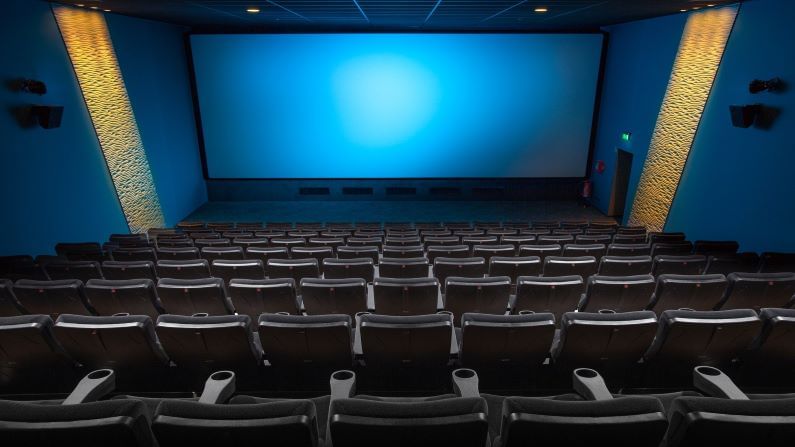Consider these 9 things before investing in mutual funds!
What is the right way to invest in mutual funds? How do mutual funds work? What kind of risk is involved? Which fund is right for whom? What things should be kept in mind before investing? Watch this video to know-

The Covid-19 pandemic has changed the dynamics of the Indian entertainment Industry. The industry which entertains and brings smiles with its movies has been in trouble for one year leaving many jobless. Indian cinema is the largest film-making nation in the world.
With the outbreak of the global pandemic, India announced stringent measures to combat COVID-19 in March 2020 and headed into a long phase of lockdown by shutting down of around 10000 theatres across India. Following which the big releases postponed, film, TV, and web series shootings halted, daily wage employees struggled for their next meal, and the Rs 183 billion Indian film industry went through its worst phase.
According to a KPMG report, the effect of the pandemic along with a slowdown in domestic consumption had an adverse impact on the media and entertainment (M&E) sector in India, which grew slower than anticipated at 7.4 percent in FY20, to reach Rs 1.75 trillion.
While the impact of the lockdown on the Indian film industry at large is still being evaluated, according to sources from the Industry, theatres lost around Rs 5000 crores in each quarter. However, OTT platforms had seen a tremendous rise in subscriptions during the lockdown. As the audience shifted to find their dose of entertainment.
Covid-19’s first impact came when Reliance Entertainment on March 12 indefinitely postponed Rohit Shetty’s film Sooryavanshi. The film starring Akshay Kumar and Katrina Kaif was scheduled to release on March 24. Now, it has been scheduled to release on 30th April 2021. Similarly, films like Laxmmi Bomb, Radhe: Your Most Wanted Bhai, Coolie No. 1 shifted their dates. Some of these movies saw OTT release while a few still waiting to normalize the situation for the release.
According to trade analyst Komal Nahata, “Indian film industry still has a long way to come to a normal as the shoots are being done with less than 50% team capacity which eventually has increased the deadlines. Theatres are running in losses due to restrictions on screens and limited fallout of viewers.” He also mentioned that the second wave had already started impacting the schedule of shoots and hoping that the vaccine should be made available to all soon.
The lockdown eventually relaxed on October 15 in a staggered way with unlocking 5 guidelines allowing 50% capacity, but the audience hardly showed up the interest amid pandemic fear. On 1st February 2021 government allowed 100% capacity to be occupied in theatre. But till today the headcount hasn’t increased much to the expectations.
“Being a movie lover I hardly used to miss any movie but this covid-19 brought in the fear that I stayed away from watching it in a theatre for 9 months. But, in my 3 visits, I found 40-60% of seats are vacant in PVRs. The maximum crowd I saw was for Mumbai Saga of around 50%” said Swati Khot a resident of Thane.
With the second wave of covid 19 affecting the major parts of the country, the Maharashtra government again put up the guidelines on theatres to operate with 50% capacity. Cases of being corona positive have been rapidly seen including Ranbir Kapoor, Kartik Aryan, Manoj Bajpayee, etc within the industry. But the new wave has been affecting the artists and crew in bulk. Due to which the entire work has to be brought back to a standstill for that particular project.
The industry hasn’t even picked up 20% of its revenue and the fear of a second wave had already started showing up its effectiveness in regards to the heads up in cinema halls. But sentiments are positive due to the rapid implication of the vaccine.